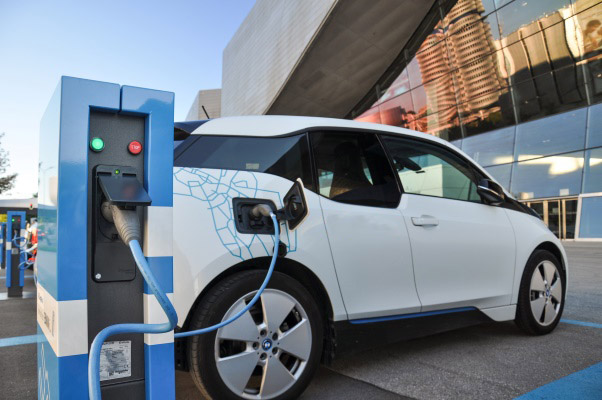CA Utility Poles and Advancing Smart City Infrastructure
As California leads the charge towards a greener, more sustainable future, the state’s electric vehicle (EV) infrastructure plays a pivotal role in shaping the transportation landscape. At the heart of this infrastructure are EV charging poles, innovative structures that not only provide the power needed to fuel electric vehicles but also serve as symbols of progress and sustainability. Let’s explore the significance of CA EV poles and the infrastructure surrounding them.
EV poles, also known as charging stations or EV chargers, are essential components of California’s EV ecosystem. These poles come in various forms, ranging from basic Level 1 chargers that plug into standard electrical outlets to fast-charging Level 3 stations capable of delivering rapid charging speeds. Located in public spaces, parking lots, shopping centers, and along major highways, EV poles offer drivers convenient access to charging facilities, alleviating range anxiety and facilitating the widespread adoption of electric vehicles.
One of the key factors driving the proliferation of CA EV poles in California is the state’s ambitious clean energy goals. With mandates to reduce greenhouse gas emissions and transition to renewable energy sources, California has become a hotbed of EV innovation and investment. Government incentives and subsidies further incentivize the deployment of EV infrastructure, encouraging businesses and municipalities to invest in charging infrastructure and expand access to electric transportation options.
In addition to providing power for electric vehicles, CA utility poles serve as catalysts for economic growth and urban development. By attracting EV drivers to commercial areas and tourist destinations, charging stations stimulate local economies and drive foot traffic to nearby businesses. Furthermore, the installation of EV infrastructure contributes to job creation, spurring demand for electricians, construction workers, and technology specialists skilled in EV charging installation and maintenance.
The infrastructure surrounding CA and NV EV poles extends beyond the charging stations themselves, encompassing a network of supporting technologies and services. For example, EV charging apps and online platforms enable drivers to locate nearby charging stations, check availability, and initiate charging sessions remotely. Similarly, payment systems and billing platforms facilitate seamless transactions and enable operators to monetize charging services effectively.
As California’s EV infrastructure continues to evolve, innovative solutions are emerging to address the challenges and opportunities associated with electric transportation. Smart charging technologies, for instance, optimize charging schedules based on grid demand, energy prices, and renewable energy availability, maximizing the efficiency and sustainability of EV charging operations. Additionally, battery storage systems and grid integration solutions enable EV chargers to provide ancillary services such as grid stabilization and peak demand management, further enhancing the value and resilience of California’s electric transportation network.
The Infrastructure Behind CA EV Poles
California EV poles represent more than just charging stations; they are symbols of progress, sustainability, and innovation. As the state continues to lead the transition to electric transportation, EV infrastructure will play an increasingly vital role in shaping the future of mobility and urban development. By investing in EV poles and the surrounding infrastructure, California is paving the way towards a cleaner, greener, and more sustainable transportation future for generations to come. Contact the lighting infrastructure professionals at GBL, a West Coast outdoor LED lighting company.


















